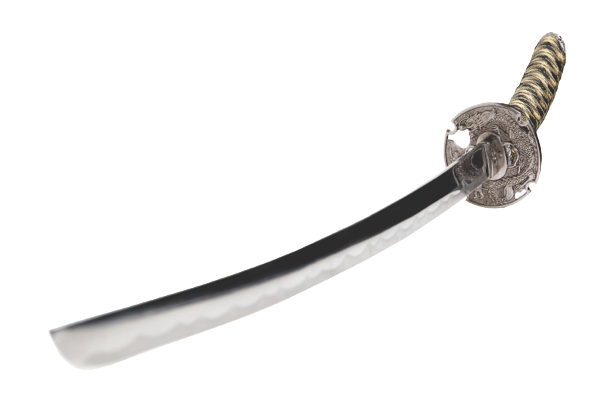Samurai don’t just see their swords as beautifully crafted weapons, they actually believe the sword embodies their soul. And so the process of creating such a treasured piece of kit is a measured and intricate one. The swords are made using a high-quality steel known as tamahagane, which is repeatedly heated, hammered flat and then folded. The sword-maker will repeat this technique until he is happy with the result.
There are several reasons behind this repetitive action. One is to eliminate any blade-weakening air bubbles that get into the steel during the heating process. Also, the process creates layers in the metal, which adds to the blade’s strength. Not only this, but it also ensures that the natural strengthening property in the carbon is distributed evenly throughout the blade.
The blade cannot simply be thrust into cold water to harden as cooling it too quickly would make it brittle upon contact with an unfortunate combatant. Conversely, cooling it too slowly would make it soft and blunt. So samurai swordsmiths developed a method of optimum cooling for maximum strength. A thin layer of clay (made of ash, water and clay) was applied to the cutting edge of the sword keeping it hard and sharp, while a thicker layer was painted onto the back of the sword making it supple and shatterproof. With two edges cooling at different rates, the sword gets a distinctive curvature. A piece of art and a deadly weapon.

